Most New Orleanians Don't Know These 11 Mardi Gras Facts
Most of us have grown up going to Mardi Gras parades, eating king cake, and going to Mardi Gras balls, but how much do you really know about New Orleans’ most celebrated season? We’ve got some interesting facts about some of your favorite parades and the history of Mardi Gras that most New Orleanians don’t know.
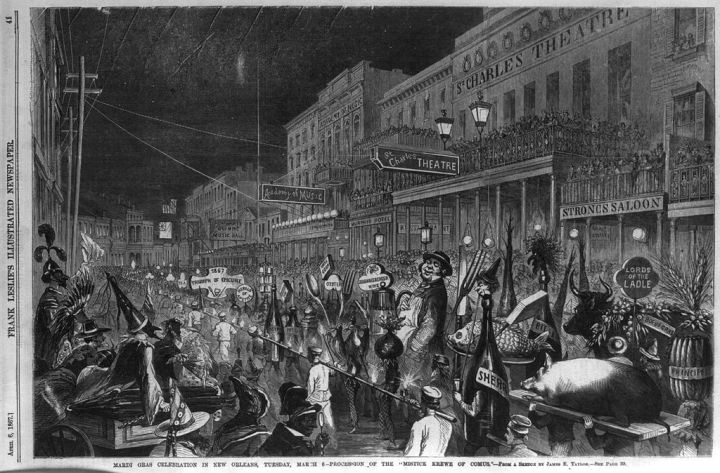
Most Mississippians are quick to point that out. Jean Baptiste Le Moyne Sieur de Bienville established Fort Louis de la Louisiane in 1702, which we now know as Mobile. The following year, the tiny settlement celebrated the country’s first Mardi Gras. It didn’t take long for Mardi Gras to find its home in New Orleans, though. New Orleans was established in 1718, and Mardi Gras was celebrated by the 1730s.
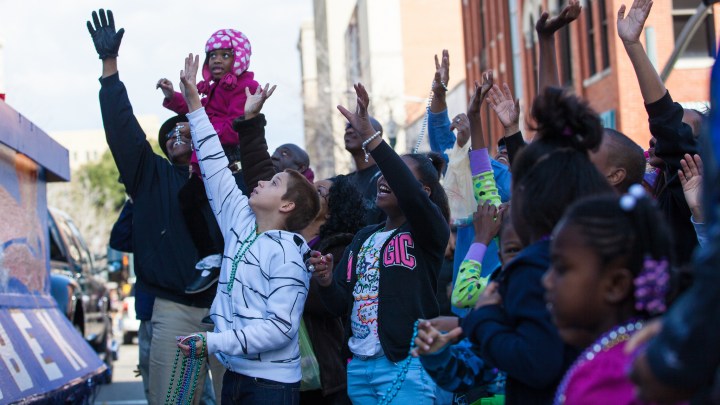
By the Twelfth Night Revelers.
Advertisement
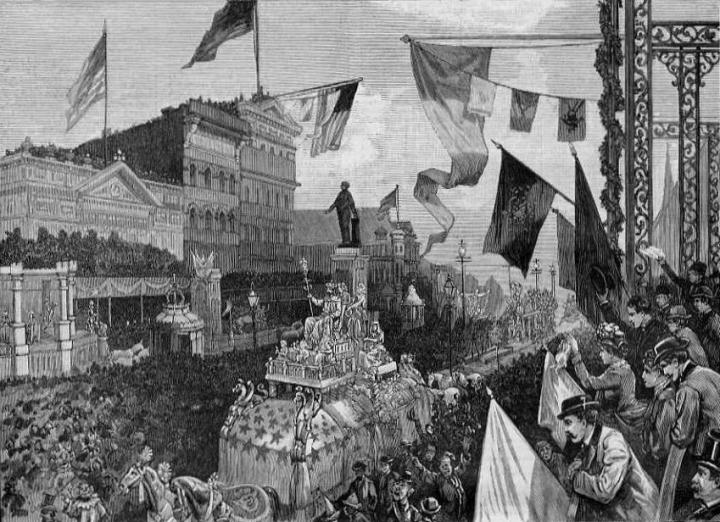
They were established in 1856, and started parading the following year. While the organization hasn’t paraded since 1991, they still have a strong membership (although extremely secretive) and continue to have their annual ball.
Advertisement

Originally, Flambeaux were needed to light the way for night parades, and carried crude torches. While they don’t serve a practical purpose these days, the tradition of Flambeaux is kept alive and several night parades still use Flambeaux out of respect for this long-held tradition.

Purple stands for justice, green represents faith, and gold stands for power. The first use of these colors can be traced back to the first Rex parade in 1872.
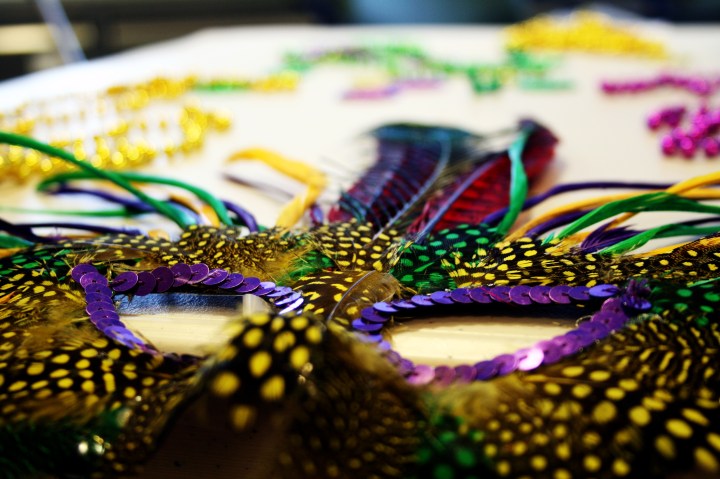
Yep! All float riders are required to wear masks by law. Originally, the use of masks enabled people to escape class restraints, and allowed people to mingle and talk to whoever they wanted, regardless of class. These days, it’s kept up as more of a tradition, and such an important one that it’s required by law.
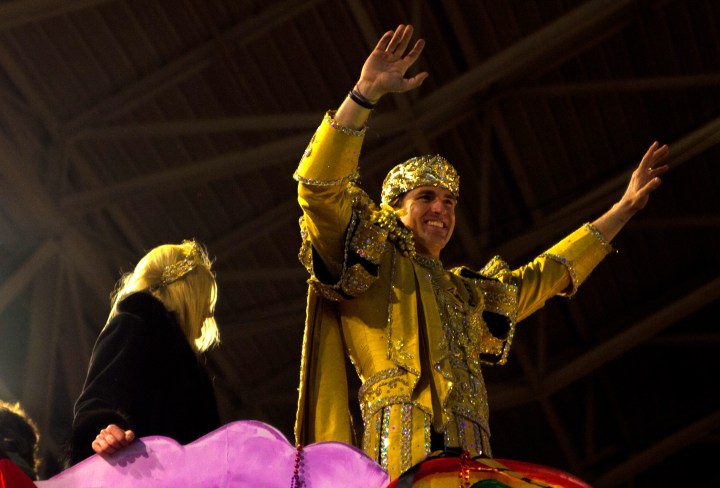
When Bacchus began in 1968, they set out to establish a grandiose night parade with the biggest and most spectacular floats ever seen. They also decided to name a national celebrity as king rather than a local New Orleanian, breaking a Mardi Gras tradition that was over 100 years old.

It’s a song from the 1870’s musical "Bluebeard", and legend has it that the Grand Duke Alexis had a crush on the actress who sang the song in the musical.
Advertisement
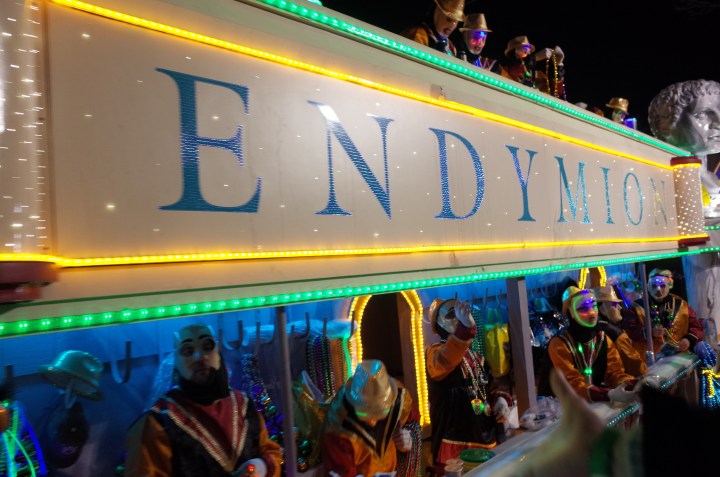
Endymion, Bacchus, and Orpheus. While many believe that Rex is also a super-krewe, Rex actually does not use the fiber optic lighting and intricate floats that are indicative of the three other parades.

In the beginning, Mardi Gras krewes were male-only. When Iris organized in 1917, they became the first all-female krewe in New Orleans. In 1922, they became the first organization to have their tableaux ball televised, and they began parading in 1959.
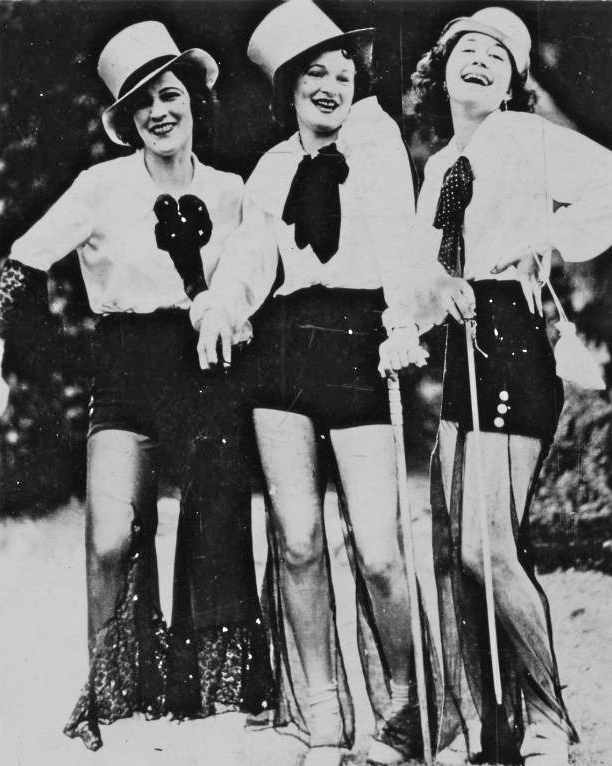
Even though Iris had been established, they didn’t begin parading until 1959. The Krewe of Venus began parading in 1941, and didn’t have the best of luck. Not only did it rain on their debut parade, but some men along the parade route threw rotten vegetables at the riders.
What are some of your favorite parades? Shout them out in the comments below!
OnlyInYourState may earn compensation through affiliate links in this article. As an Amazon Associate, we earn from qualifying purchases.




